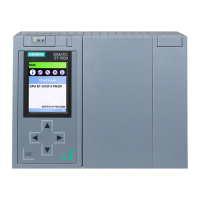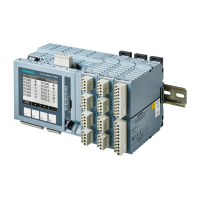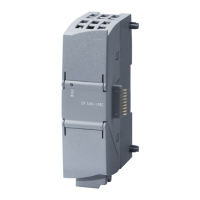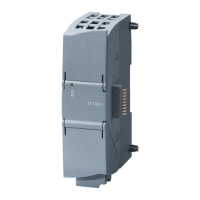Supplementary information
16.7 Basics and terminology of fault-tolerant communication
CPU 410-5H Process Automation/CPU 410 SMART
System Manual, 10/2013, A5E32631667-AA
237
Unlike an S7 connection, a fault-tolerant S7 connection consists of at least two underlying
subconnections. From the perspective of the user program, configuration, and connection
diagnostics, the fault-tolerant S7 connection with its underlying subconnections is
represented by exactly one ID (just like a standard S7 connection). Depending on the
configuration, it can consist of a maximum of four subconnections. To maintain
communication in the event of an error, two of the four subconnections are always
connected (active) at any given time. The number of subconnections depends on the
possible alternative paths (see figure below) and is determined automatically. Within an S7-
H connection, only subconnections over CP or over the integrated CPU interface are used in
the configuration.
The following examples and the possible configurations in STEP 7 are based on a maximum
of two subnets and a maximum of 4 CPs in the redundant fault-tolerant system.
Configurations with a higher number of CPs or networks are not supported in STEP 7.
